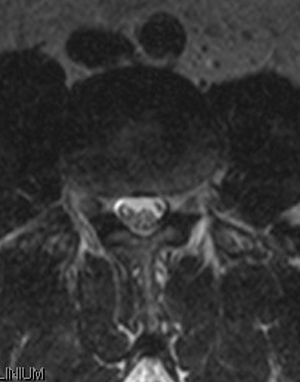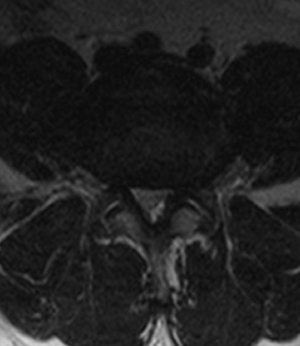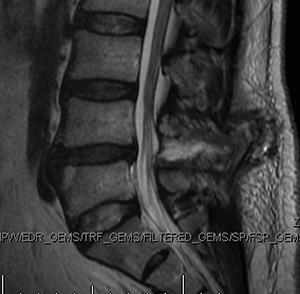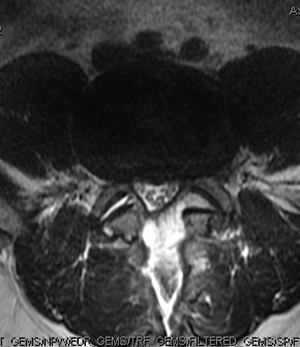Lumbar Laminectomy

What is Lumbar Laminectomy?
Lumbar laminectomy, also known as decompression laminectomy, is a spinal surgery performed to relieve excess pressure on the spinal nerve(s) in the lumbar (lower back) region. The purpose of laminectomy is to remove the lamina or roof of the vertebra and provide enough space for the nerves to exit the spinal canal (decompression).
Indications of Lumbar Laminectomy
Spinal stenosis is one of the major indications for lumbar laminectomy.
Disease Overview
Arthritic changes in the facet joints and intervertebral disks causes enlargement of the joint. This narrows the spinal canal and exerts pressure on the spinal nerves. The symptoms of nerve impingement include back pain or radiating pain into the hips, buttocks or legs, numbness or tingling sensation and muscle weakness in the back and lower extremities.
Lumbar Laminectomy Procedure
- Lumbar laminectomy is usually performed under general anesthesia.
- In this technique, you will lie face down on the operating table.
- A small incision is made along the midline of your back. To have a clear view of the spine, your surgeon slowly retracts the soft tissues and muscles.
- A part of the lamina is removed to eliminate pressure on the nerve roots. The entire lamina is not removed.
- In addition, other sources of compression such as bone spur or damaged disk are removed to relieve the symptoms.
- At the end of the procedure, your surgeon realigns the soft tissues and closes the incision.
- This surgery can be performed minimally invasively through a small incision using a microscope or an endoscope (camera) or through a mini open incision which is still a small incision.
Postoperative Care following Lumbar Laminectomy
- Following a laminectomy, you may observe an immediate improvement of some or all of the symptoms, or sometimes a gradual improvement of the symptoms.
- At the end of the first day of the surgery, you can move and walk around the hospital. Returning to your daily life or to work depends on how well you are healing, and the type of work or activity level.
- Strictly follow the postoperative instructions suggested by your spine surgeon to promote healing and reduce the risk of postoperative complications.
Risks and Complications of Lumbar Laminectomy
The complications of lumbar laminectomy may include problems associated with anesthesia, infection, nerve damage, blood clots, blood loss, and bowel and bladder problems. Other common risk include durotomy (or leakage of spinal fluid), incomplete decompression, and bleeding that can add pressure to the nerves again.
Clinical Example
55 year old male presents with back, buttock, and leg pain whenever he walks. He has relief of his pain when he leans over the grocery cart or whenever he sits. MRI shows spinal stenosis where the space that carries the nerves is crowded. The left image shows a side view and the right view shows the cross section. The center picture shows a cross section of a normal spine. The normal spine has more “white” area for the nerves to live in comparison to the spinal stenosis one.
Patient underwent a laminectomy where the space is freed again. People worry about removing too much bone but only the area of compression is removed preserving the stability of the spine. The entire lamina is not removed. The area of work is between the red lines
Related Topics:
- Lumbar Laminectomy
- Posterior Lumbar Fusion
- Lumbar Endoscopic Discectomy
- Minimally Invasive Lumbar Discectomy
- Anterior Lumbar Interbody Fusion
- Minimally Invasive TLIF
- Kyphoplasty
- Minimally Invasive Spine Surgery
- Oblique Lumbar Interbody Fusion (OLIF)
- Posterior Cervical Laminectomy and Fusion
- Cervical Corpectomy and Strut Graft
- Endoscopic Spine Surgery
- Surgery for Scoliosis
- Cervical Laminoplasty
- Image-Guided Spine Surgery
- Anterior Cervical Discectomy with Fusion
- Artificial Cervical Disk Replacement
- Cervical Foraminotomy
- Extreme Lumbar Interbody Fusion





